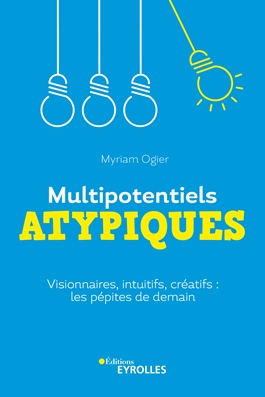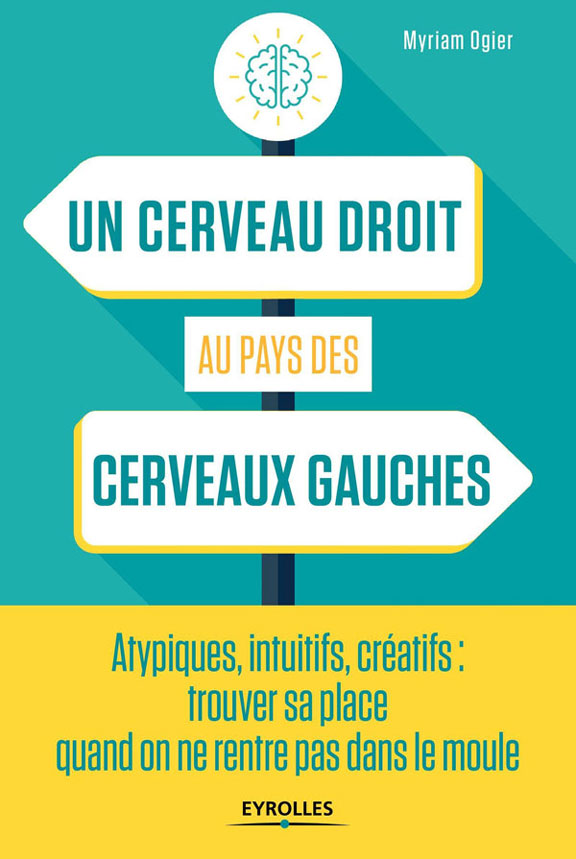by Sean Blanda
The coffee meeting is the Swiss Army knife of networking. It’s a low-risk way to meet new people, swap advice, and lay the foundation for a more substantial relationship.
If the concept of a coffee meeting is foreign to you, you only have to remember one guiding principle: never, ever waste the other person’s time. They are providing their time, their most precious resource. The good news is that the bar for coffee meetings is pretty low. Most creatives can likely tell you of meetings that started with “let’s grab coffee” and ended in an unproductive conversation.
However, you’re better than that, dear reader. Here’s how to be the best coffee meeting participant around.1. Be clear when asking for the meeting.
When you email your potential coffee meeting participant, don’t simply ask to “pick their brain” or “see if there’s any potential” in you getting to know each other. Those phrases usually show that you only have a vague idea of what you’d like to talk about. Instead, introduce yourself, show that you have specific knowledge of the person’s work, offer why you’d like to talk, and (most importantly) propose potential times.
2. Do your homework.
When you meet someone, it’s normal to ask a series of biographical questions such as “What do you do? Where are you from?” That’s fine for your friend’s birthday party. It has no place at the coffee meeting.
It’s likely the busy person you ask for coffee has some degree of notoriety and has articles, talks, and LinkedIn profile pages online that can offer more information about them. Coffee meetings are usually 30 minutes or less, so don’t waste your time talking about subjects you could easily Google. Additionally, a busy person has given their “elevator pitch” many times to press, colleagues, and others. Stand out from the crowd by moving past this base level of interaction.
3. Never, ever, ever be late.
Any meeting is about respecting the time of the other person. Leave early. Make time for traffic. Know where you are going. Being late for a meeting you asked for is the ultimate selfish act in business. Never be late.
4. Offer to pay.
Ask the other person what they’d like before placing your order. Then, pay for both. It was your idea to meet and grab coffee, it’s only fair that you cover the (admittedly minor) costs. If you’re a student, chances are they wont let you actually pay, but offer any way. If the person objects and wants to pay for their coffee, let them. Don’t spend more than five seconds on this interaction.
5. You don’t have to drink coffee.
Meetings over beer are for open-ended discussion. Meetings over coffee are for getting things done.
But even if you meet at a coffee shop, you don’t have to get coffee. More important is that whatever drink should take the same amount of time to consume as a cup of coffee. As for snacks, it’s hard to have a short conversation with your mouth full of croissants.
6. Have one clear, specific ask.
Let’s say you and I are deciding on where to go out to dinner. I say, “I don’t know, I’m up for anything, I guess.” Frustrating, right? But if I say “I’m really in the mood for the Mexican place down the street. If you don’t like that, let’s get Thai from downtown.” Now that you can work with.
The same goes for asking. There was a reason you wanted to get coffee with the busy person, so don’t be shy in telling them point-blank how they can help. They should have a general idea as to why you’d like to meet from your email, so don’t be afraid of being direct. By accepting the meeting, they have already agreed to provide assistance, so make it as easy as possible for them.
Some examples:
Bad: “I need help finding a job”
Good: “I’m looking for an entry-level position as a junior designer at a small advertising firm like firm x, firm y, or firm z. Do you know anyone at those places?”
Bad: “Can you help me with my writing career? I’m struggling to pay the bills.”
Good: “Do you know of any literary agents looking for short young adult fiction?”
7. Take notes and follow up.
When you sit down at the table, take out a pen and a notebook. If, at any point in the conversation you say something like “I’ll send you that video.” Or they mention the person they’d like to introduce you to, write it down. I like to create two columns on the paper with the headings “My Homework” and “Their Homework.” On the top of the page I write the person’s name, company, and the date.
The moment you arrive back at your computer, make a note to follow up in a day or two. Doing it immediately can be a tad aggressive, but don’t let yourself forget. In the follow up, make good on anything you promised to send, as well as providing a gentle nudge on anything they offered. An example:
“Hey Josh, it was great to meet you, thanks for being so generous with your time. To follow up on some of the things I mentioned:
Also, you mentioned you had a contact at firm x? I’d love to speak with her, let me know if I can provide you with anything to make this easier.
Thanks again,
–Sean”
8. Offer to add value.
Throughout the conversation, keep your ears open for anything you can help out with. Many simply ask at the end of the conversation if there’s anything they can do. But the best way is to have this mindset ready during the actual conversation with anyone you speak with, coffee meeting or no. In Maximize Your Potential, master connector Sunny Bates shares the right way to approach:
“You want to do it in an authentic way. I always appreciate when people ask in a way that’s somehow embedded in the conversation rather than as an add-on at the very end. Like, ‘Oh you gave me this, and so I have to ask you.’ It’s always good to try and steer the exchange away from debt and obligation and more into the spirit of generosity.”
9. Offer to end on time.
It’s likely you agreed to meet for 15 or 30 minutes. As those times approach, even if you are in the middle of a fruitful conversation, stop and ask the person if they have to go. If they agree to keep chatting, great. If your reminder kept them on schedule, even better. Be someone who respects the time of others.
10. Communicate any outcomes.
Author Ramit Sethi calls this the “closing the loop” technique.
After you send the follow up email (see #7) set a calendar alert 2-3 weeks in the future to follow up one final time. In this second follow up you should tell the person the results of anything the suggested. Example:
“Hey Josh, just a simple note to say that I met with Mary as you suggested, and we’re now discussing a possible freelance gig. Thanks again and let me know I can ever return the favor!”
—
How about you?
What tips do you have to make the most of coffee meetings?




Laisser un commentaire